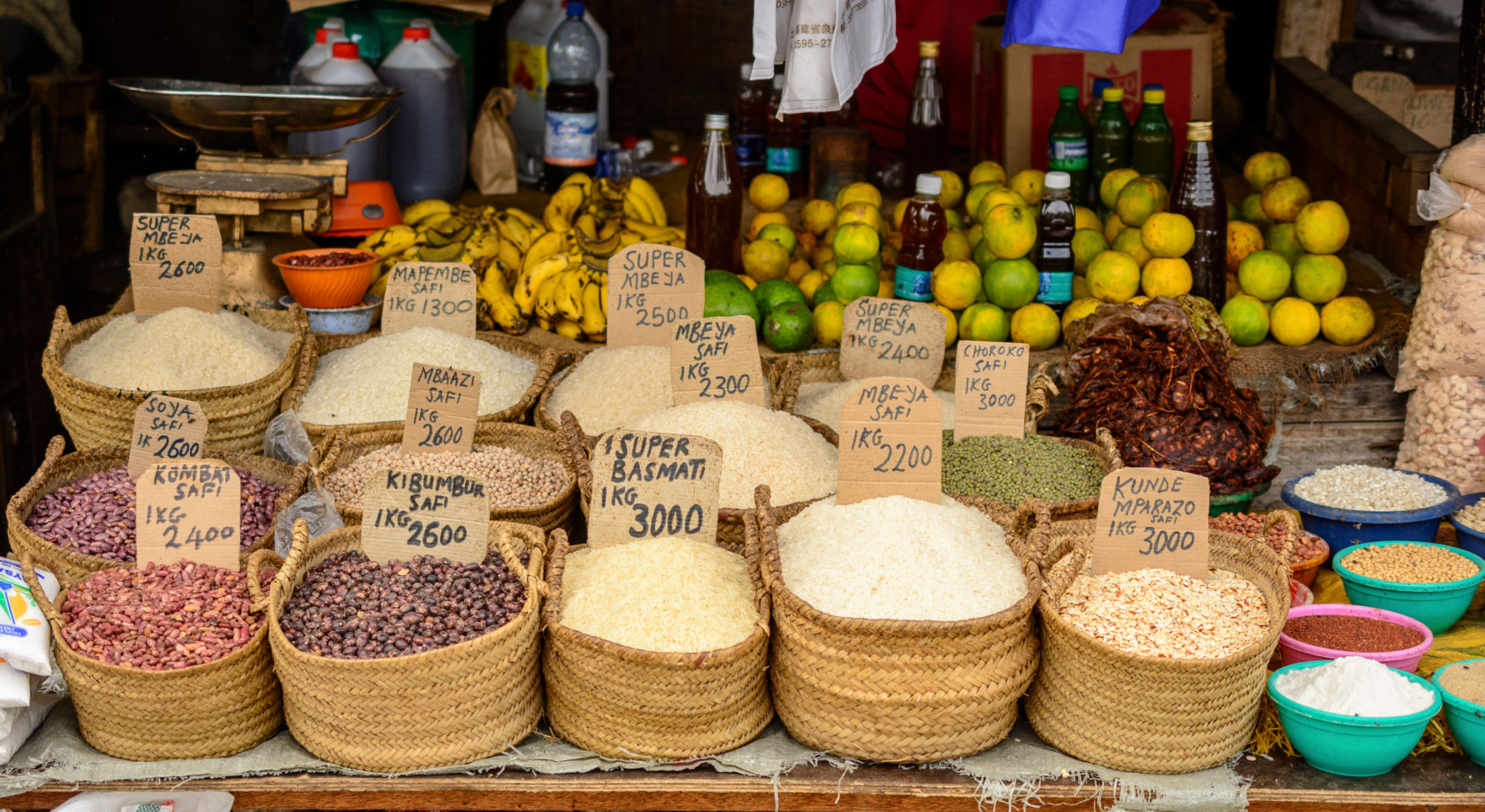Beyond the Safari: Exploring Local Communities and Cultures in Tanzania
Discovering the Heartbeat of Tanzania
When most people think of Tanzania, the first images that come to mind are the vast savannas of the Serengeti or the majestic peak of Mount Kilimanjaro. However, beyond these iconic landscapes, Tanzania offers a rich tapestry of local communities and cultures waiting to be explored. Delving into these vibrant cultures provides not only a deeper understanding of the nation but also a chance to connect with its people on a more personal level.
The cultural diversity in Tanzania is as vast as its landscapes. Home to over 120 ethnic groups, each with their own languages, traditions, and histories, Tanzania is a mosaic of cultures. This diversity offers an unparalleled opportunity for cultural exploration where visitors can engage with different tribes and learn about their unique ways of life.

The Maasai: Guardians of Tradition
The Maasai tribe is perhaps one of the most well-known ethnic groups in Tanzania. Renowned for their distinctive dress and pastoral lifestyle, the Maasai have maintained their traditions despite the encroaching modern world. Visiting a Maasai village provides a glimpse into their daily lives, from traditional dancing to the intricate beadwork that holds cultural significance. Engaging with the Maasai is an experience that reveals their resilience and commitment to preserving their heritage.
Not far from the Maasai lands, the Hadzabe people offer a contrasting lifestyle. As one of the last hunter-gatherer tribes in Africa, the Hadzabe live in harmony with nature. Participating in a hunting expedition or foraging with them allows visitors to experience their profound connection to the land. Their lifestyle emphasizes sustainability and offers lessons on living minimally and respecting the environment.

Craftsmanship and Artistry: The Essence of Tanzanian Culture
Tanzania's artistic heritage is another facet worth exploring. From intricate wood carvings of the Makonde tribe to the vibrant fabrics known as kanga and kitenge, Tanzanian craftsmanship is both beautiful and meaningful. These art forms often carry stories and traditions passed down through generations. Visitors can explore bustling markets where artisans display their crafts, providing a chance to purchase unique souvenirs while supporting local economies.
The coastal regions of Tanzania, particularly Zanzibar, offer yet another cultural dimension. Influenced by a blend of African, Arab, and Indian cultures, Zanzibar is a melting pot of traditions. Visitors can wander through Stone Town's labyrinthine streets, taste exotic spices at local markets, and witness traditional dhow building—a craft that has been perfected over centuries.

Culinary Adventures: A Taste of Tanzania
No exploration of Tanzanian culture is complete without indulging in its culinary delights. Tanzanian cuisine reflects its diverse cultures and natural resources. From the hearty stews of the inland regions to the seafood-rich dishes along the coast, each meal tells a story. Visitors can savor dishes like ugali, pilau rice, and mishkaki skewers, often prepared with locally sourced ingredients.
Engaging with local communities through cooking classes or food tours provides a sensory journey through Tanzania's culinary landscape. These experiences highlight not just flavors but also the communal aspect of food in Tanzanian society.
Conclusion: Embracing Cultural Diversity
Exploring beyond Tanzania's famous safaris allows travelers to connect with its people and appreciate the country's cultural richness. By engaging with local communities, participating in traditional practices, and savoring regional cuisines, visitors gain insights into the diverse identities that make up this fascinating nation.
In doing so, travelers contribute to sustainable tourism practices that respect local traditions and support community development. Beyond the safari lies a world waiting to be discovered—a world where every interaction resonates with warmth and hospitality.